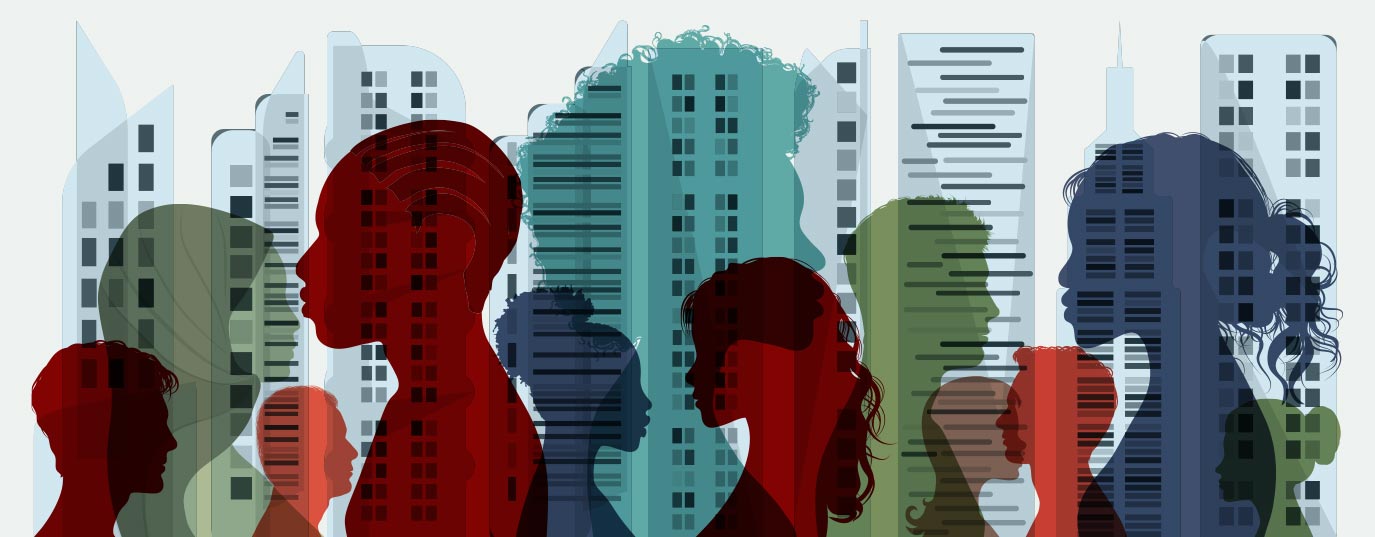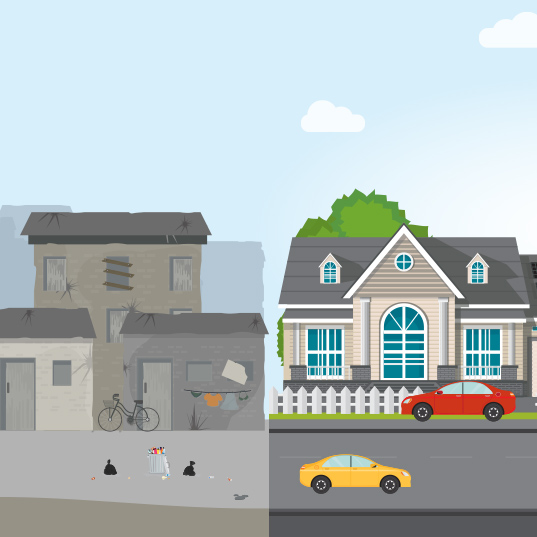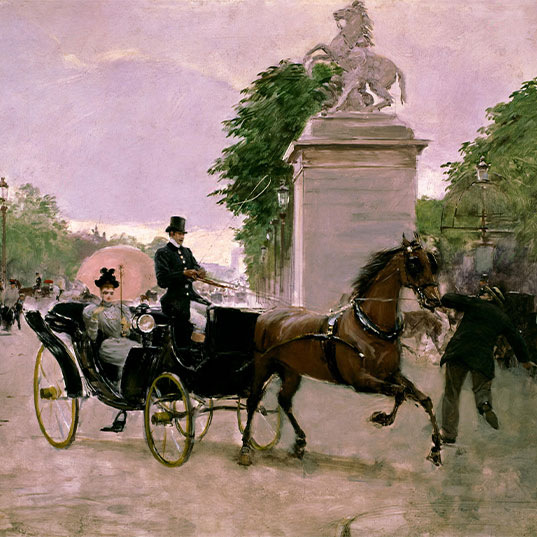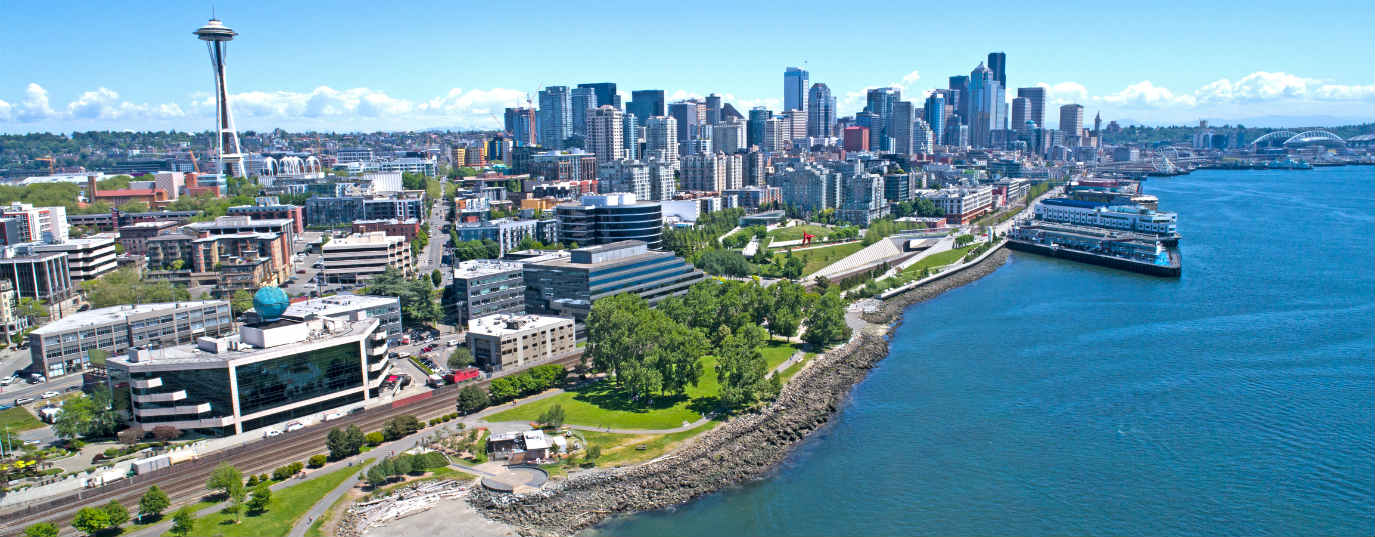From cities that discriminate to cities for everyone: inclusive urban planning
Design of cities and towns is a powerful tool when used to exclude certain groups of people. Introducing inclusive urban planning… to correct past wrongs.
Design of cities and towns is a powerful tool when used to exclude certain groups of people. Introducing inclusive urban planning… to correct past wrongs.
The design of a city is not as innocent an activity as it may seem. Do you know that urban architecture has long been used to prevent certain people and minorities from accessing places? As such, inclusive urban planning goes further than making streets and buildings accessible for people with reduced mobility, it shines a light on the racial and class motives that resulted in the discriminatory design of some cities.
What will I discover in this article?
- Urban barriers to inclusion
- What is inclusive city planning?
- Great examples of inclusive city planning
Urban barriers to inclusion
New York City, the Big Apple of urban inequality
New York City in the first half of the 20th Century. City planner Robert Moses was the brains behind much of the building that came to define the iconic Big Apple. Parks, highways, housing… without Moses, NYC probably wouldn’t have had all the roads that connect the complex archipelago that became home to the Lincoln Center, Riverside Park, the Twin Towers, Central Park Zoo, Flushing Meadows, etc.
But Moses was also responsible for suburbs which became islands of poverty, where black and Hispanics mainly lived. 1930s maps classify the districts according to their interest for banks and investors. The areas with the lowest qualifications were drawn in red and delimited the black districts from the city center. The effects of these distinctions can still be seen today.
Moses also designed several raised passes for the Long Island highway, but which were too low for buses to pass below. This was how Long Island was kept off limits to the poor and people of color, those who most used public transport.
In NYC alone, there are hundreds of bad examples of exclusive city planning. Until 2015, the city “gates for the poor” were still legal. Buildings received tax exemptions for accepting low-income residents and could have separate entrances for the rich.
Other cities designed on the basis of exclusion: Atlanta and Memphis
Atlanta metropolitan area, in the state of Georgia, has a subway system, the Metropolitan Atlanta Rapid Transit Authority (MARTA). Rich residents, mostly whites, from the city’s northern suburbs, demonstrated against the idea of extending MARTA to their districts. Why? It would make it easier for people of color to travel there.
As well as the racism this implies, the problem also affected the employment possibilities of Afro-American communities, since the lack of public transport connections with the northern side of the city made it difficult for them to access job opportunities located in those districts.
Memphis is another such case. In 1974, white residents in this city asked to close a street connecting an exclusively white district with a mainly black one. Those supporting the initiative argued it would reduce traffic and noise, apparently, as well as increase security.
What is inclusive city planning?
According to Cities For All, an inclusive, accessible city is a place where everyone, independent of their economic circumstances, gender, ethnicity, disability, age, sexual identity, nationality or religion, can, and are allowed to, participate fully in the social, economic, cultural and political opportunities that cities offer.
A new form of city planning is needed that promotes cities for everyone. For the architect and planner Jaime Lerner, inclusive planning involves recovering public spaces, rethinking mobility and creating cities where people have basic services at their disposal within 15 minutes. Planning that prioritizes inclusive, sustainable, diverse urban spaces that result in cities made for everyone and not only elites.
“We need a new form of city planning that promotes cities for everyone”
The architect Izaskun Chinchilla, author of ‘The city of citizens’, agrees with Lerner and advocates the idea of a caring city. Chinchilla says that it would consist of a compact urban development with an uninterrupted design. Everything we need would be close, with many interconnected public spaces and ample biodiversity, and aim to help people interact with one another and the city.
In a previous article, we discussed the pillars of sustainable cities. A fundamental aspect on which advocates of inclusive urban development agree is that a city should not be planned around car use. Chinchilla believes that prioritizing private vehicles has radically dehumanized cities. She lists many problems in her book caused by cars, which take up 50% of shared space.
Now it’s time to help cities return to their inhabitants and develop people-friendly urban designs that allow everyone to enjoy the same rights and access the advantages of living in a city.
Great examples of inclusive city planning
One of the fundamentals of inclusive urban development is participation, that citizens have a voice in the planning process given it’s the place they live in. This is the formula that will allow the needs of everyone to be checked and satisfied, without reverting to exclusivity once again.
Barcelona, a city for everyone
Barcelona, in Spain, is an example of this. The ‘Manual of city planning for daily living’ brings together the criteria, methodologies and tools for responding to the demands of the whole population.
The idea is to design measures linked to the management of public space, mobility and the ecology of the city. From the perspective of urban development planning, the City Hall works to make life in the different quarters of the city more inclusive. The manual promotes districts that are fully equipped for daily living, such as shops, public transport stops, etc. It also emphasises public space so that streets, squares, gardens and parks are seen to be safe for all to use with confidence.
Paris, the city that thinks local
The French capital is another great example of inclusive city planning in its adoption of the ’15-minute city’ idea. Mayor Anne Hidalgo launched measures that promote districts where citizens have everything they need for daily living literally just minutes away. This has involved a massive decentralization of services, new services for each of the districts, and less car traffic, so that more cycle lanes can be added to the roads.
It also consists of new economic models to support small businesses and the development of more green spaces. Citizens participate in the transformation of Paris through proposals, for example, to convert schools into community centers in the afternoons so that neighbors can get together and discuss their needs.
Inclusive city planning is ending with discriminatory architecture. New pillars on which cities will be built with everyone in mind.
Source:
- https://hbr.org/2017/07/what-inclusive-urban-development-can-look-like







